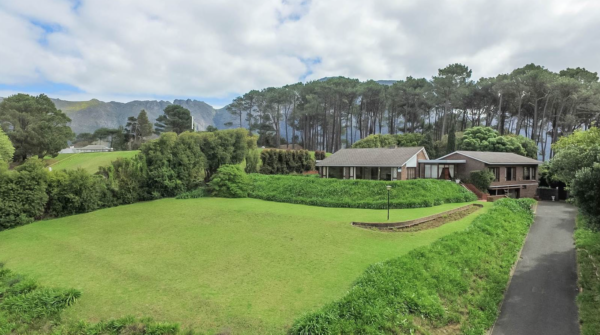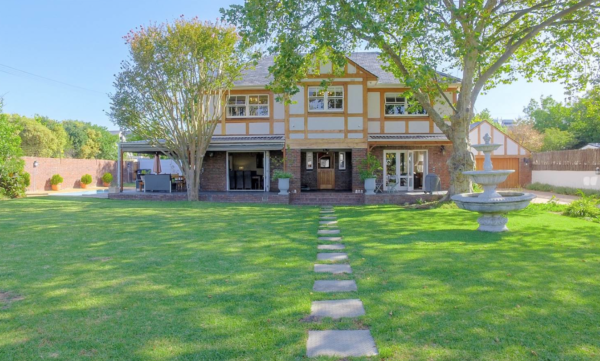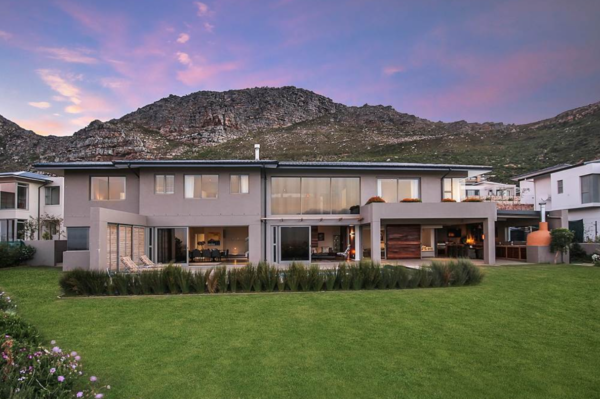Certain parts of the Southern Suburbs are showing extraordinary resilience amid the tough property market in South Africa. Property values and sales in these areas barely wavered last year and the trend seems to be continuing.
Predictably, 2018 was another subdued year for the Cape Town real estate market as sales volumes continued to decline. It was therefore a pleasant surprises to find that in spite of this property values and sales had remained consistent in several areas, particularly the southern ones.

Property Sales
Arnold Maritz, Southern Suburbs co-principal for Lew Geffen Sotheby’s International Realty, says, “An analysis of Propstats data for the Cape Peninsula reveals that although the total number of sales dropped by 27%, from 4712 in 2017 to 3438 in 2018, the average sale price (R3 773 864) was only 0.85% lower than in 2017 (R3 806 196), while the median price increased by 2%, from R2.401m to R2.45m.”
The average time properties spent on the market also increased last year, from 53 days in 2017 to 64 days in 2018, with the only areas showing a reduction being False Bay and the South Eastern Suburbs.
“The combined Southern Suburbs, Constantiaberg and False Bay markets fared perceptibly better than the regional average last year with a 23% drop in total unit sales and 2% growth in the average selling price which increased from R3 848 603 to R3 927 146. However, not all suburbs fared equally, with several nodes holding their own despite the growing pressures of the prevailing socio-economic climate.” says Maritz.
He adds, “Unit sales in Plumstead, and Rondebosch in the Southern Suburbs only decreased by 9%, while Harfield Village saw a promising 20% increase in sales. The volume of sales in Constantia dropped by just over 30%, the average sale price in this suburb increased by an impressive 20.7%. In Plumstead, Observatory, Tokai and Rondebosch, average sale prices increased by 15.8%, 13%, 10% and 7.4% respectively.”

Property Market
Co-Principal, Claude McKirby, says that development sales, however, have slowed across the board, and that those which aren’t competitively priced will remain on the market for a considerable time.
The general slowing of residential sales is attributed to a number of key factors, most notably an increasingly cautious investor sentiment in the wake of ongoing political uncertainty, contentious issues like the expropriation bill and the upcoming general elections.
“The outcome of the May elections will significantly impact the property market and determine its course for the foreseeable future. Well-run, free and fair elections, and the appointment of a government that is focussed on rooting out corruption, growing the economy and governing for the benefit of all the people will foster an environment for growth and wealth creation in the property sector,” says McKirby.
“However, continued uncertainty and the unconstructive implementation of land restitution will have the opposite effect and are likely to further subdue an already beleaguered market to a point from which recovery will be very difficult.”

Rental Market
There were also numerous shifts in the rental market in 2018, especially in the short-term sector which was significantly impacted.
“In recent years, many long-term rental properties were converted to the short-term rentals when Air B&B became all the rage, but after the peak summer season early last year, some investment owners realised that certain properties are better suited to long term letting.
“When these were introduced back onto the market as long term rentals, certain segments of the market suddenly had an over-supply of rental stock which affected price growth as tenants were suddenly spoilt for choice. Last year we saw many landlords reduce annual increases significantly in preference of keeping good tenants.” says Maritz.
Take a look at a few beautiful properties in the Southern Suburbs here.
Pictures: PrivateProperty.com

